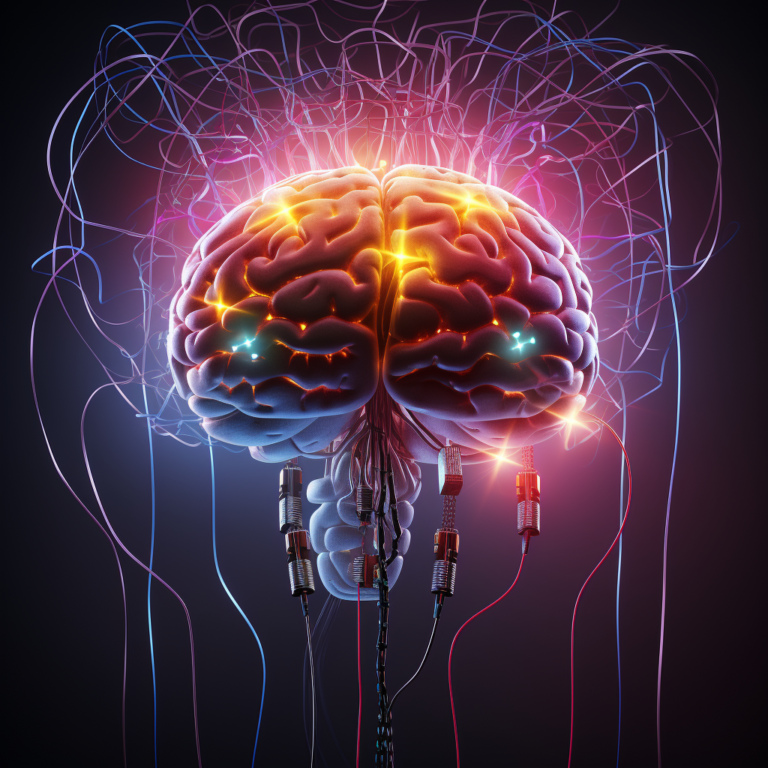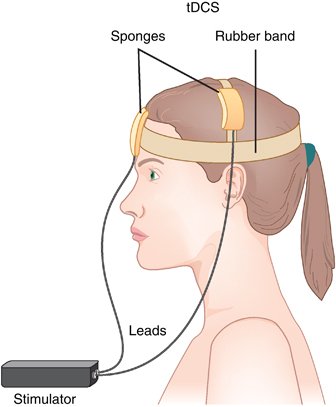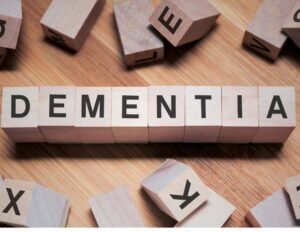
As a physician working closely with dementia patients, I’ve witnessed firsthand the profound devastation this disease wreaks on individuals and their families. The helplessness felt by those caring for loved ones with Alzheimer’s is palpable and often heart-wrenching. I recall a particularly touching instance involving a daughter and her mother. The daughter, overwhelmed and visibly frustrated, shared her despair over the limited treatment options available for her mother. She recounted how her once vibrant and independent mother gradually became a stranger in her own home, struggling with even the simplest tasks. Each day brought new challenges, and the daughter felt increasingly helpless, watching the relentless progression of the disease. Her frustration was not just about managing the daily care but also about the agonizing realization that there seemed to be no way to halt or reverse her mother’s decline. Stories like these underscore the urgent need for more effective treatments and interventions in Alzheimer’s care, and they fuel my commitment to seeking and advocating for better solutions for my patients and their families.
Key Takeaways of this Research
Promising Improvement in Cognitive Functions:
The study demonstrated that twice-daily sessions of transcranial direct current stimulation (tDCS) led to significant improvements in cognitive functions, particularly in memory and word recognition, among patients with Alzheimer’s disease.
Real-World Implication: This could mean a tangible improvement in daily life activities that require memory and cognition, such as remembering names, following conversations, and performing routine tasks. For patients, this might translate to greater independence and quality of life.
Enhanced Brain Activity Related to Movement:
There was an observed enhancement in Motor Evoked Potentials (MEP), suggesting that tDCS positively influenced brain activity, especially in areas related to movement and coordination, which can be affected in Alzheimer’s disease.
Real-World Implication: The improvement in motor function could help patients maintain better physical coordination and mobility. This may lead to fewer accidents, a lower risk of falls, and an ability to engage more actively in physical activities, which are crucial for overall health and wellbeing.
Safe and Well-Tolerated Treatment Method:
tDCS was found to be a safe and well-tolerated non-invasive treatment, with patients reporting no major adverse effects. This makes it a potentially viable option for individuals who may not tolerate drug treatments well.
Real-World Implication: For patients who are sensitive to medications or experience adverse side effects, tDCS offers a safer alternative. This could lead to higher treatment adherence and acceptance, potentially slowing the progression of cognitive decline more effectively.
Evidence of Altered Brain Plasticity:
The study provided insights into how tDCS might be influencing neuroplasticity – the brain’s ability to reorganize itself by forming new neural connections. Improved cognitive functions were correlated with changes in MEP, suggesting a relationship between enhanced brain plasticity and cognitive benefits.
Real-World Implication: This suggests that the brain’s ability to adapt and reorganize might be enhanced, offering hope for slowing the disease’s progression. For patients, this could mean retaining cognitive functions for a longer period, thereby maintaining a sense of normalcy and dignity in their daily lives.
Each of these takeaways highlights how the study’s findings could directly impact the lives of individuals suffering from Alzheimer’s, offering new hopes and avenues in their care and management.
Continuing reading below for more specific details of this study.
Alzheimer’s disease, a relentless adversary in the field of neurodegenerative conditions, often leaves patients and their caregivers with limited avenues for treatment. The struggle for effective therapies is evident in the current standard of care, where options like donepezil, a cholinesterase inhibitor approved by the FDA, provide only modest symptom relief rather than a cure. Another commonly prescribed medication, memantine, works by regulating glutamate activity but similarly does not reverse the disease’s progression. However, a ray of hope emerges in the recent study “Impact of twice-a-day transcranial direct current stimulation intervention on cognitive function and motor cortex plasticity in patients with Alzheimer’s disease,” published in ‘General Psychiatry’ Access the study here. This groundbreaking research explores the potential of transcranial direct current stimulation (tDCS) as a novel approach to decreasing the cognitive deficits characteristic of Alzheimer’s, offering a glimpse into innovative treatments that go beyond the limitations of current methods. tDCS uses a low-intensity electric current passed through two electrodes placed on the head. It’s believed to change the activity of brain cells in the area where the electrodes are placed. The promise of such pioneering therapies marks a significant stride in the ongoing battle against this daunting ailment.
Study Design
The study was a randomized, double-blind, placebo-controlled clinical trial. This means participants were randomly assigned to either the treatment group or a placebo (sham) group, and neither the participants nor the researchers knew who was receiving the actual treatment or the sham.
Participants
Participants were patients diagnosed with Alzheimer’s disease, based on specific criteria. They also had to be older than 65 and having a certain score range on the Mini-Mental State Examination (MMSE), which measures cognitive impairment.

tDCS Application
The tDCS device used was TDCS-20A, capable of delivering a stable direct current. Two sponge electrodes (5×5 cm²) were placed on the participants’ heads. The anode (positive electrode) was placed over the left dorsolateral prefrontal cortex (DLPFC), and the cathode (negative electrode) was placed over the right DLPFC. The DLPFC is a brain area associated with cognitive functions like memory and attention.
The device provided 2 mA of direct current. The onset current gradually rose from 0 mA to 2 mA over 3 seconds at the start and then reduced back to 0 mA at the end.
Each stimulation session lasted 20 minutes, conducted twice daily (once in the morning and once in the afternoon). The treatment was given five days a week, with two days off, over six continuous weeks, totaling 30 sessions.

The sham tDCS was identical in appearance to the active tDCS. It provided stimulation for only 10 seconds at the beginning of each session, then dropped to 0 mA, producing no real stimulation effect
Measurements and Assessments

Cognitive function was assessed using standardized tests like the Alzheimer’s Disease Assessment Scale-Cognitive (ADAS-Cog) and the MMSE at the start of the study, after 2 weeks, and after 6 weeks.
Motor-evoked potentials (MEPs), which reflect the brain’s motor cortex activity, were measured using electromyography (EMG).
Main Findings of the Study
Improved Memory Functions:
- Specifically, the study noted significant improvements in tasks related to word recall and remembering test instructions.
- This suggests that the treatment had a notable impact on both short-term and procedural memory capabilities.
Enhanced Word Recognition:
- Patients showed better performance in recognizing and recalling words.
- This improvement points towards enhanced language-related cognitive functions.
Changes in Motor Evoked Potentials (MEP):
- There was a noticeable enhancement in MEP levels following active tDCS treatment.
- This indicates that tDCS might be influencing brain areas involved in controlling and coordinating movement, which is significant considering motor skills can be affected in Alzheimer’s disease.
Negative Correlation Between Cognitive Improvements and MEP:
- The study found that the greater the improvements in cognitive tests (like word recall and recognition), the more significant were the changes in MEP.
- This suggests a direct relationship between the brain’s cognitive improvements and its motor function adaptations.
Overall Cognitive Function:
- The study emphasizes that patients receiving tDCS twice a day demonstrated overall improvements in cognitive assessments.
- This overall enhancement includes areas such as attention, memory, language, and other cognitive domains impacted by Alzheimer’s disease.
Treatment Frequency:
The frequency of the treatment (twice a day) played a crucial role, indicating that regular, repeated stimulation was key to observing these benefits.
Safety and Tolerability:
The tDCS treatment was generally well-tolerated by patients, with no major adverse effects reported, highlighting its potential as a safe therapeutic option.
Limitations of the study
Firstly, its relatively small sample size and lack of long-term follow-up limit the ability to generalize the findings to the broader Alzheimer’s population and understand the enduring effects of the treatment.
Additionally, the study’s short duration and specific participant criteria might not fully capture the diverse range of Alzheimer’s disease presentations and severities.

Lastly, while tDCS showed promise, the study did not conclusively establish the mechanism by which it brings about changes in cognitive functions and motor cortex plasticity, warranting further research in this area.
What does this mean for patients today? Well, it’s pretty exciting because it suggests that tDCS, which is a non-invasive and relatively simple procedure, can genuinely help improve mental functions in people with Alzheimer’s. Improved MMSE scores mean better memory and thinking skills. For patients and their families, this could mean better daily functioning and an improved quality of life. It offers a glimmer of hope in managing a condition that, until now, has had limited treatment options.


